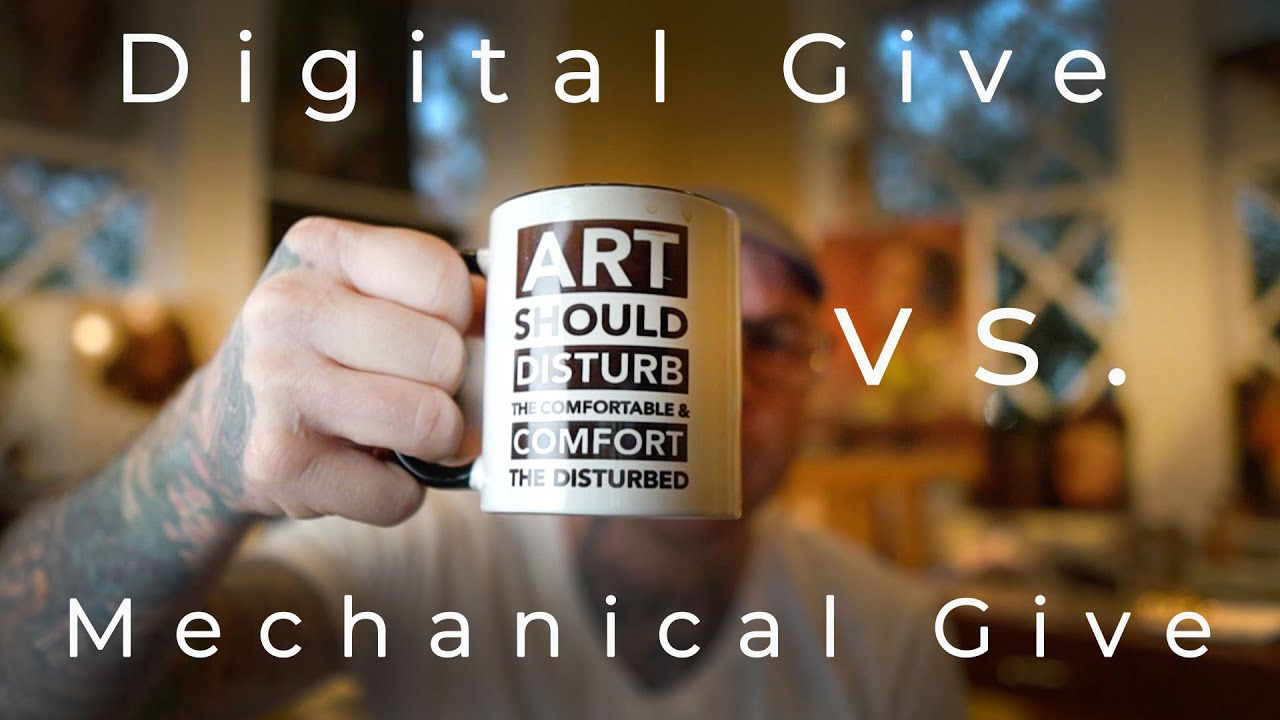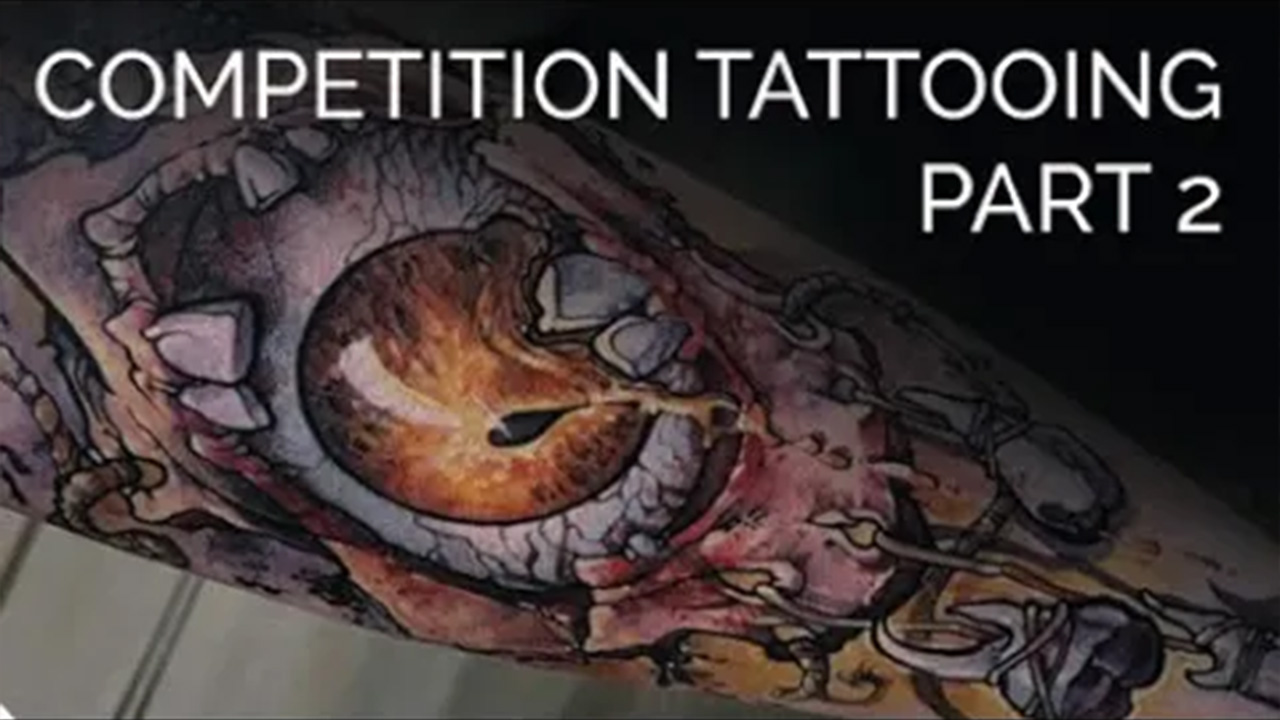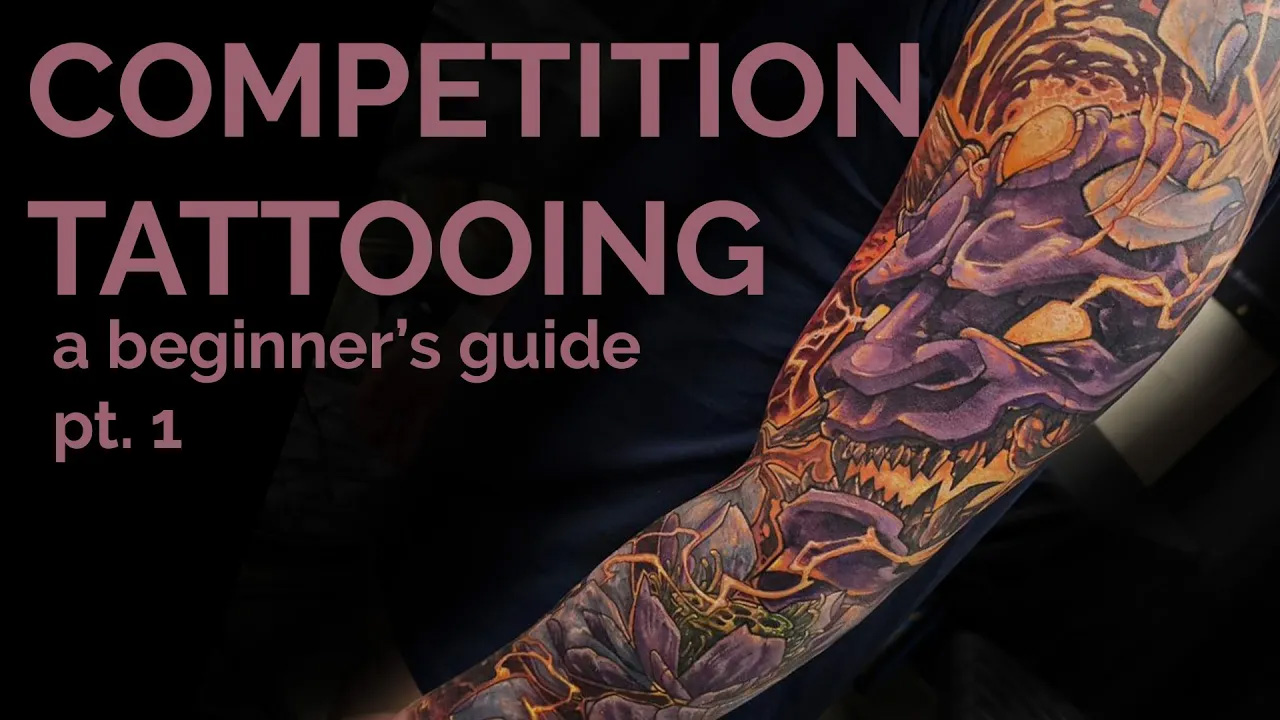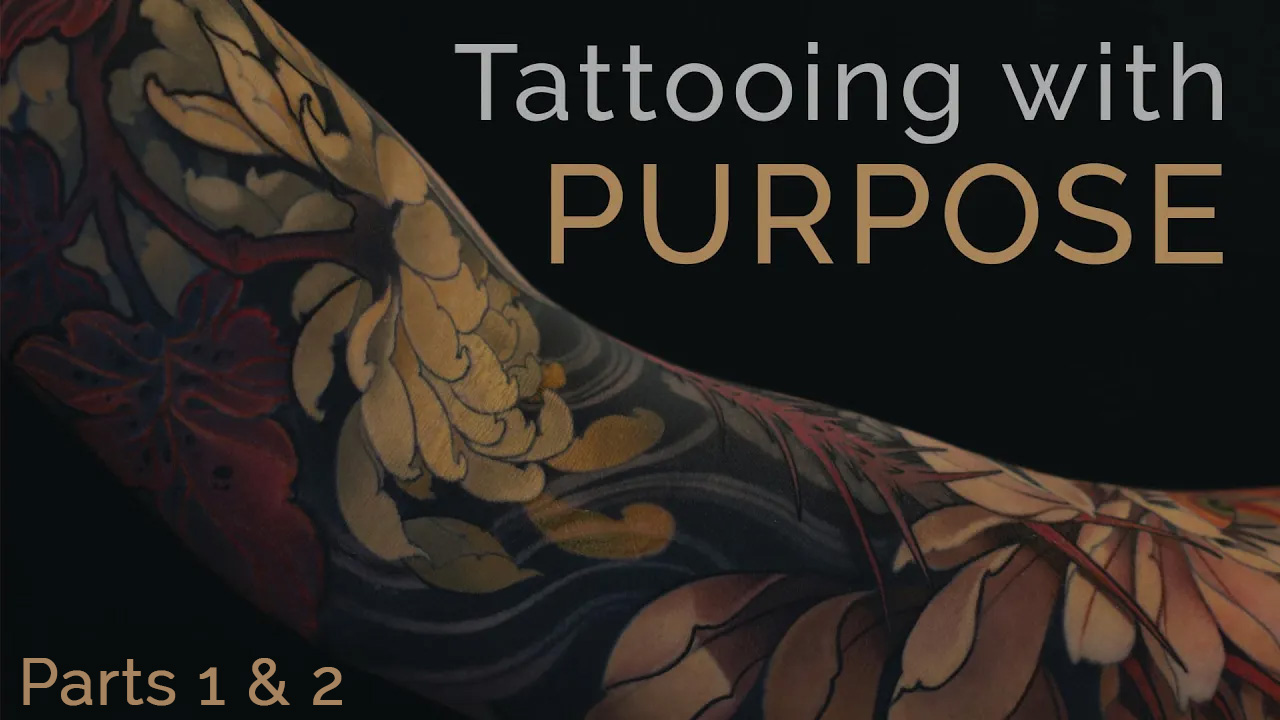Refraction, Reflection, and Skin tone Fireside Tattoo Network
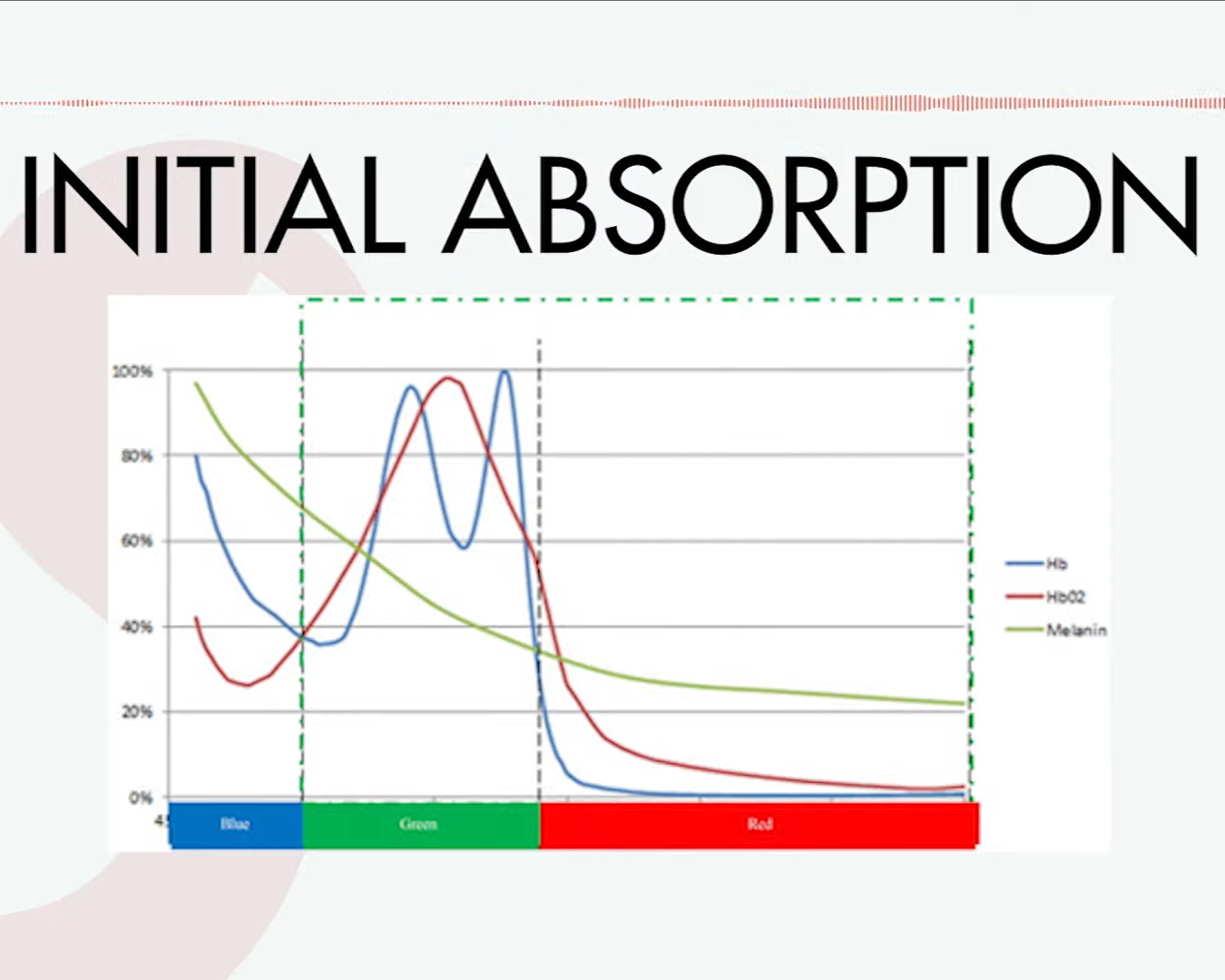
Refraction, Reflection, and Skin tone
“The layers of skin as they heal up don't distribute themselves evenly. It's like a static pattern and the trick is, is to say what is the base skin tone of this person and what wave lengths of light would be on the other side, essentially, of a color wheel.”
-Shawn Bellina, S8 Chemist
Take the Red Shift or the Blue Shift?
Skin ranges in a myriad of different shades. Tattooers often have to make many color decisions after the completion of a design based on additional factors in a person’s skin. Factors like the hue of a skin tone. Even though two clients may have a very similar skin tone the palette you use on one may vary depending on whether they have a warmer or cooler hue.
In a cooler skin tone blues, cool greens, and indigos will tend to fill out better. Although you can and should use warmer colors, sometimes a “cool” red might be more applicable to the situation. Depending on the client’s skin, a warm color on a cool hued skin tone might cause some colors to neutralize, or become “Muddy”, which is the same thing that happens when you mix complementary colors on a palette or in a tube.
Watch the full episode:
Hi-Tech Tattooing! Tattoo Physics Part 3 | Tattoo Overview | Episode 10
Tattoo Resources from Beginner to Advanced
No matter where you are in your tattooing career the Fireside Tattoo Network provides resources and information that have helped hundreds of tattoo artists.
Are you just starting out in your tattoo journey? Maybe you've been at it for a while and didn't have a traditional tattoo apprenticeship? Fireside has courses and programs for anyone who's hungry for information and wants to level up their tattoo design skills.
The Fireside Method:
Check out a few of our interviews with tattoo artists and Deep Dive articles:
- Illustrative Tattooing with Nick Baxter
- Controlling the Tattoo Consultation
- Testosterone for your Tattoo Power Supply
Still interested, need more!? Check out our Full Podcast Episodes HERE!
Recent News
Inside Fireside: Mentality, Pain Management, and the Art of Client Care with Kurt Jacobson
- 09/06/24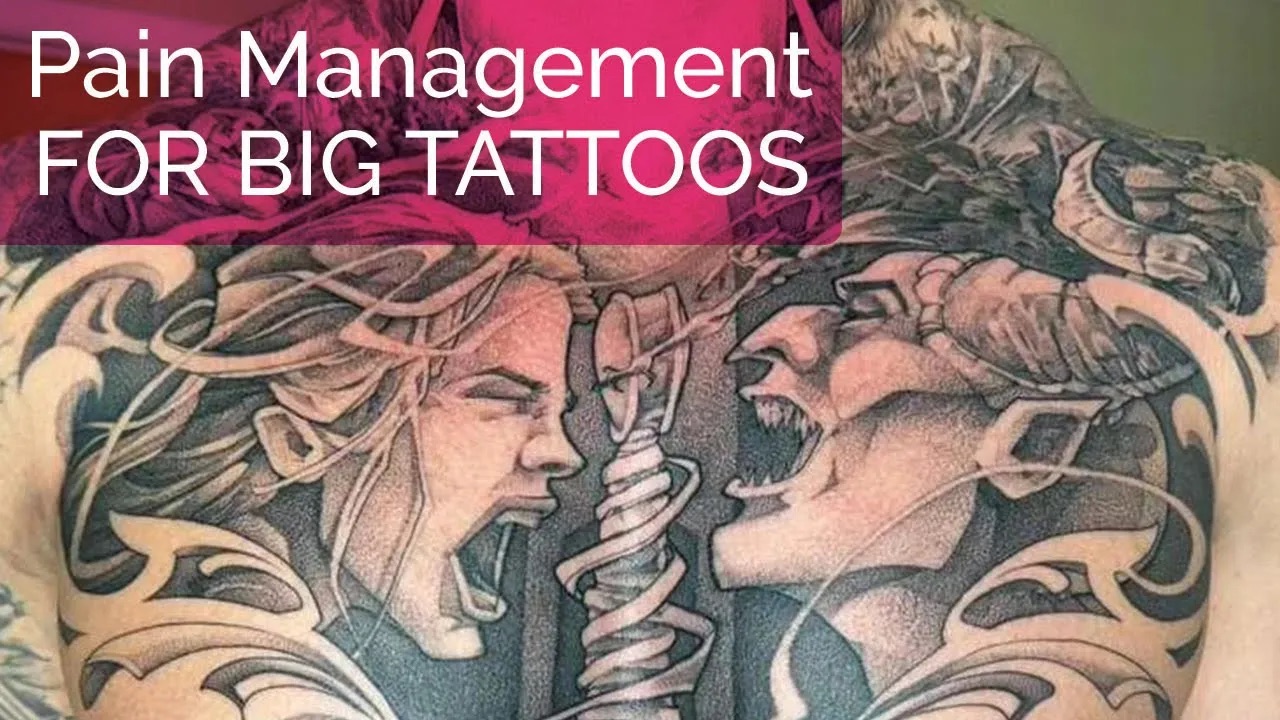
Why Do We Care About Give? - Carson Hill
- 07/24/24